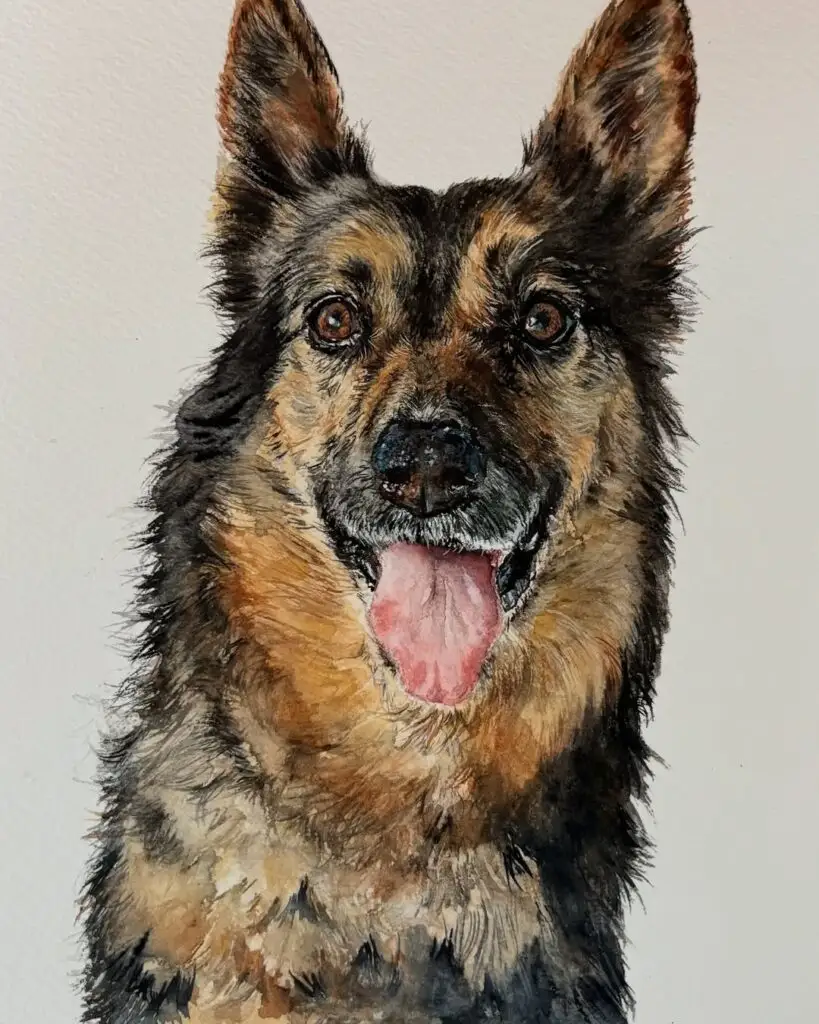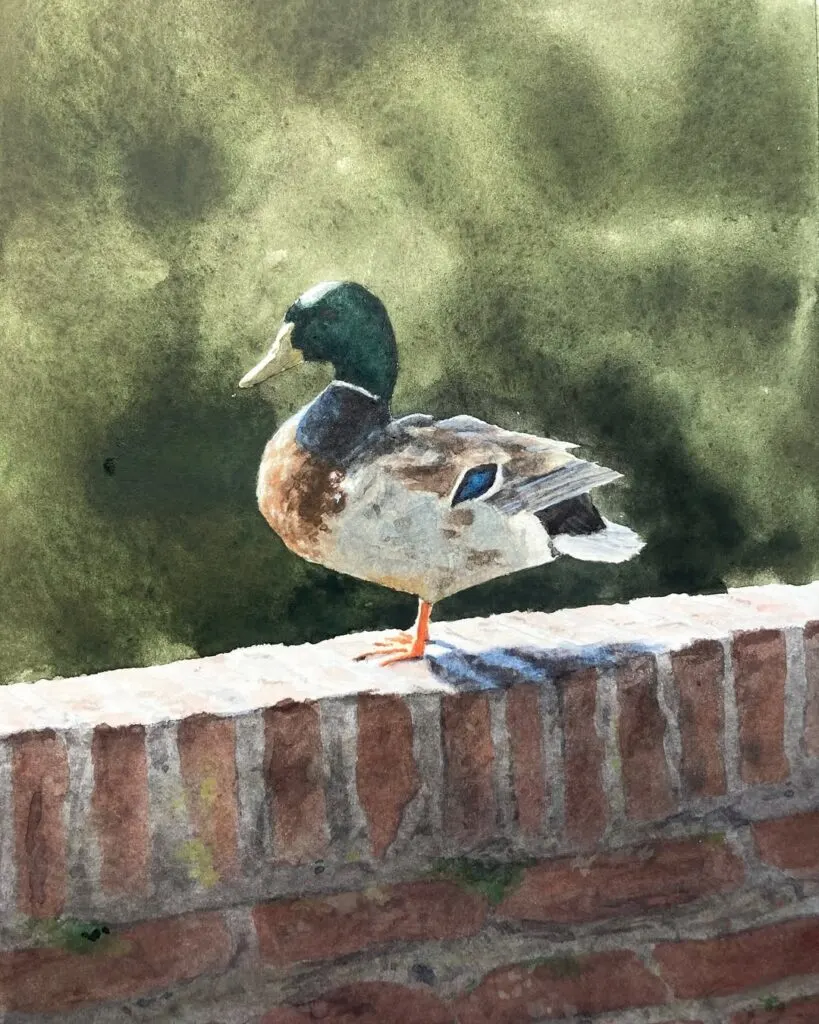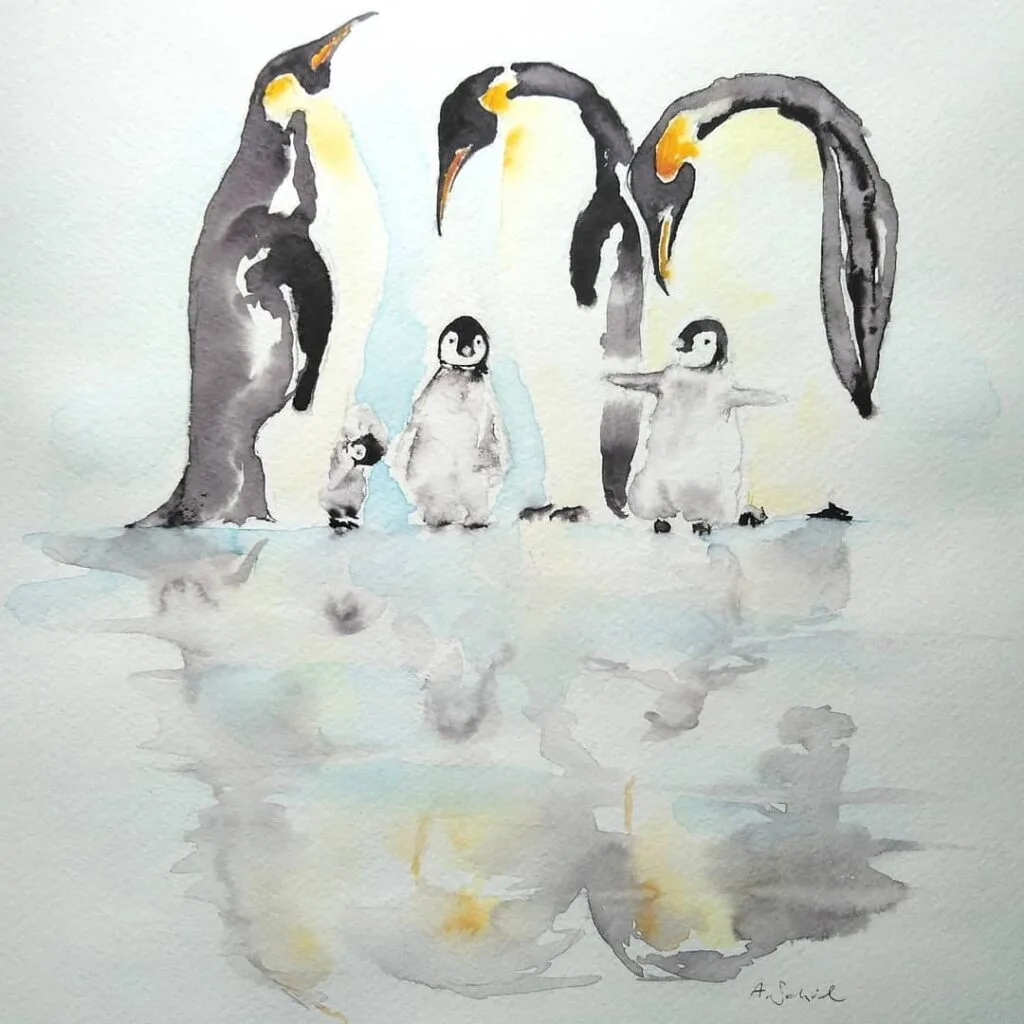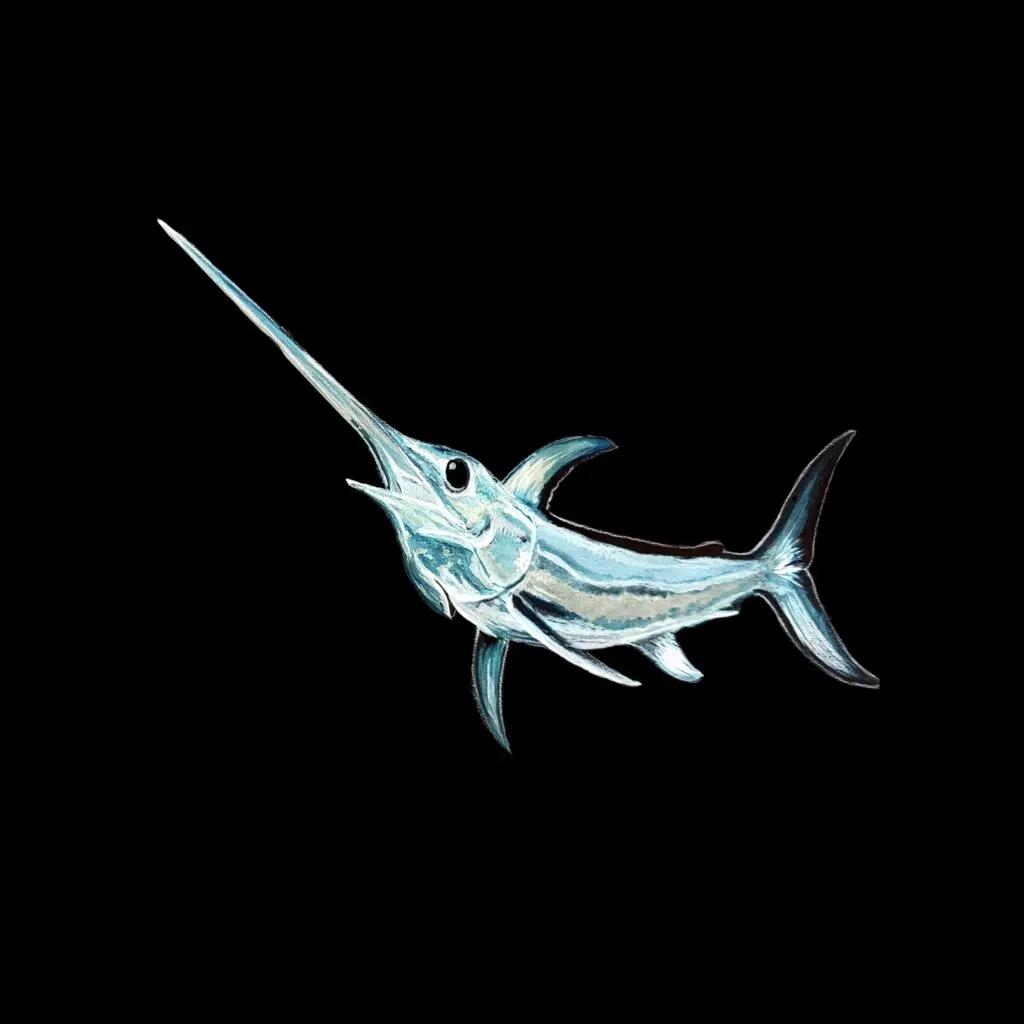Watercolor painting is a captivating and expressive medium that allows artists to bring animals to life through fluid strokes and vibrant hues. The delicate interplay of water and pigment creates a sense of movement and depth, making it an ideal choice for painting creatures of all kinds. Whether you’re an aspiring artist looking for new ideas or a seasoned painter seeking fresh inspiration, these ten watercolor animal painting ideas will ignite your creativity and help you refine your skills.
Tips for Watercolor Animal Painting
To enhance your watercolor animal paintings, consider these useful tips:
- Use layering techniques: Build depth and richness by applying multiple layers of paint.
- Experiment with wet-on-wet and wet-on-dry methods: These techniques help create smooth transitions and sharp details.
- Incorporate negative space: Allow some white space to emphasize certain areas and create a sense of lightness.
- Pay attention to textures: Fur, feathers, and scales all have unique textures that can be represented with different brush techniques.
10 Striking Watercolor Animal Painting Ideas
1. Lifelike Dog Portrait
A watercolor like this shows how layering warm and cool tones can create depth and realism, even with a simple subject. Notice how the artist builds texture in the fur and uses expressive detailing around the eyes and mouth to capture emotion — a great example if you want to focus on lifelike pet portraits.

2. Serene Duck on a Wall
This peaceful scene shows how watercolor can beautifully capture quiet, everyday moments in nature. It invites you to slow down and notice the subtle dance of light, texture, and stillness that watercolor handles so effortlessly.

3. Whimsical Rabbit Among Flowers
Soft colors and playful details turn this watercolor into a charming glimpse of nature’s gentler side. It’s a perfect reminder that sometimes the simplest subjects can create the most heartwarming art.

4. Playful Foal in a Meadow
Full of youthful energy and curiosity, this watercolor captures a fleeting, tender moment in the open fields. It’s a beautiful reminder of how watercolor can express motion and innocence all at onc

5. Cheerful Panda in a Tree
Lighthearted and full of charm, this watercolor shows how a playful spirit can shine through even with a limited color palette. It’s proof that sometimes the most joyful paintings are the ones that keep it simple and bold.

6. Thoughtful Chimpanzee with Splatter Effects
Bold yet introspective, this watercolor proves how minimal details and creative splashes can evoke deep emotion. It’s a powerful reminder that great animal art often leaves space for imagination to step in.

Don’t miss out on; Striking Watercolor Painting Ideas
7. Graceful Sea Turtle in Motion
With flowing colors and intricate patterns, this watercolor captures the quiet beauty of life beneath the waves. It’s a perfect example of how letting colors blend naturally can bring a sense of effortless movement to your art.

8. Majestic Tiger Portrait
Strength and elegance meet in this striking watercolor, showing how a few well-placed brushstrokes can convey pure power. It’s a bold reminder of the intensity you can capture when you let the animal’s gaze take center stage.

9. Playful Penguin Family
Soft washes and gentle lines bring this adorable penguin scene to life, showing how watercolor can capture connection and movement with just a few strokes. It’s a sweet reminder of the warmth found even in the coldest places.

10. Striking Swordfish on Black
This bold watercolor shows how using a dramatic background can make delicate details shine even brighter. It’s a powerful example of how contrast alone can turn a simple painting into a true statement piece.

You can also check out: Staggering White Colored Pencil on Black Paper Drawing Ideas
People Also Ask
Which animal is easiest to paint?
Simple animals like fish, birds, or butterflies are often the easiest to paint in watercolor due to their minimal details and distinct shapes.
What is the easiest thing to paint in watercolors?
Basic elements such as leaves, flowers, and clouds are great starting points for watercolor beginners, as they require minimal detailing and allow for creative freedom.
What is the golden rule of watercolor?
One of the most important principles in watercolor painting is to work from light to dark. Unlike other painting mediums, watercolors are transparent, so it’s best to build up color gradually rather than attempting to lighten darker areas.
How to paint loose watercolor animals?
To paint animals in a loose watercolor style, focus on using broad, fluid strokes and letting the water and pigment blend naturally on the paper. Avoid excessive detailing, and embrace the organic flow of the colors.
What do you spray on watercolor paintings?
Artists often use a fixative or UV-resistant spray to protect watercolor paintings from dust, moisture, and fading over time. However, it’s essential to ensure the spray is designed for watercolors to prevent altering the paint’s appearance.
Conclusion
Watercolor painting offers endless possibilities when it comes to portraying animals, from delicate butterflies to powerful wild cats. Whether you choose a realistic approach or a whimsical interpretation, these ideas will spark your creativity and help you develop your skills. Embrace the unpredictable nature of watercolors, experiment with different techniques, and most importantly, enjoy the process of bringing your favorite animals to life on paper.

